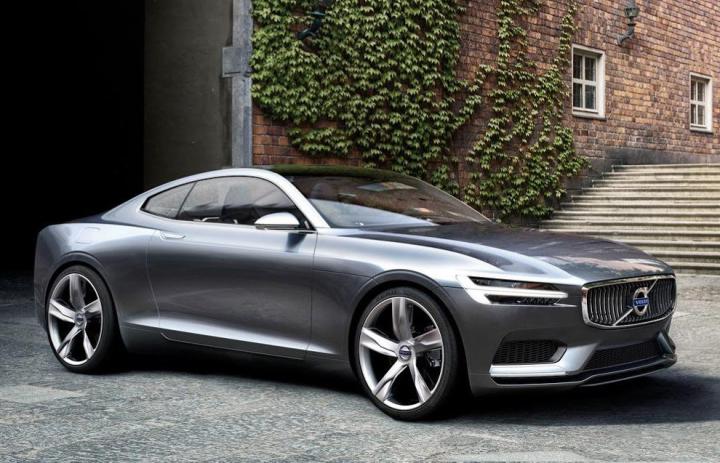
It appears that Volvo has a lot more in store than that appealing Concept Coupe unveiled at the 2013 Frankfurt Motor Show.
To help boost sales in the U.S. and increase the company’s profit margins, the automaker is pushing to make its news cars more exclusive.
“The new vehicles will be more expensive,” Volvo Cars CEO Hakan Samuelsson, according to an Automotive News report.
“I think the company has no future if we are targeting mass market products,” Samuelsson is quoted as telling the industry news source at the Frankfurt show. “The new vehicles will be more expensive, but only if they deliver something the customer finds attractive.”
Before the Frankfurt show, I would have called a decision to price Volvo cars higher a horrible move. But after seeing Volvo’s Concept Coupe, I’m not as quick to dismiss the idea.
The sleek two-door coupe, which was developed under the leadership of the company’s new Senior Vice President of Design, Thomas Ingenlath, is definitely a sign that Volvo is capable of pulling off an appealing vehicle,. The concept was inspired by what Volvo describes as a “contemporary, progressive Scandinavian lifestyle elements” as part of the company’s new Scalable Product Architecture (SPA), as discussed in an earlier Digital Trends report.

The industry news source reports that the new XC90 will feature some of the key styling cues of the Volvo Concept Coupe including the lines, grille and the proportions, a strategy that will apparently be applied to other models.
“Nothing will be excluded,” Samuelsson tells Automotive News. “It is fair to say I am not very satisfied. We have to come back in the U.S. market.”
Still, the idea of trying to take a struggling brand that’s been around for more than 80 years and trying to make it more relevant by raising the cost is very risky. Of course, you can argue that for Volvo, it could be the company’s last hope for survival in the U.S. market.
However, there’s also the reality that if it’s not successful, it could push the brand into the same fate as the now defunct Saab, a company Volvo has long been compared too.


